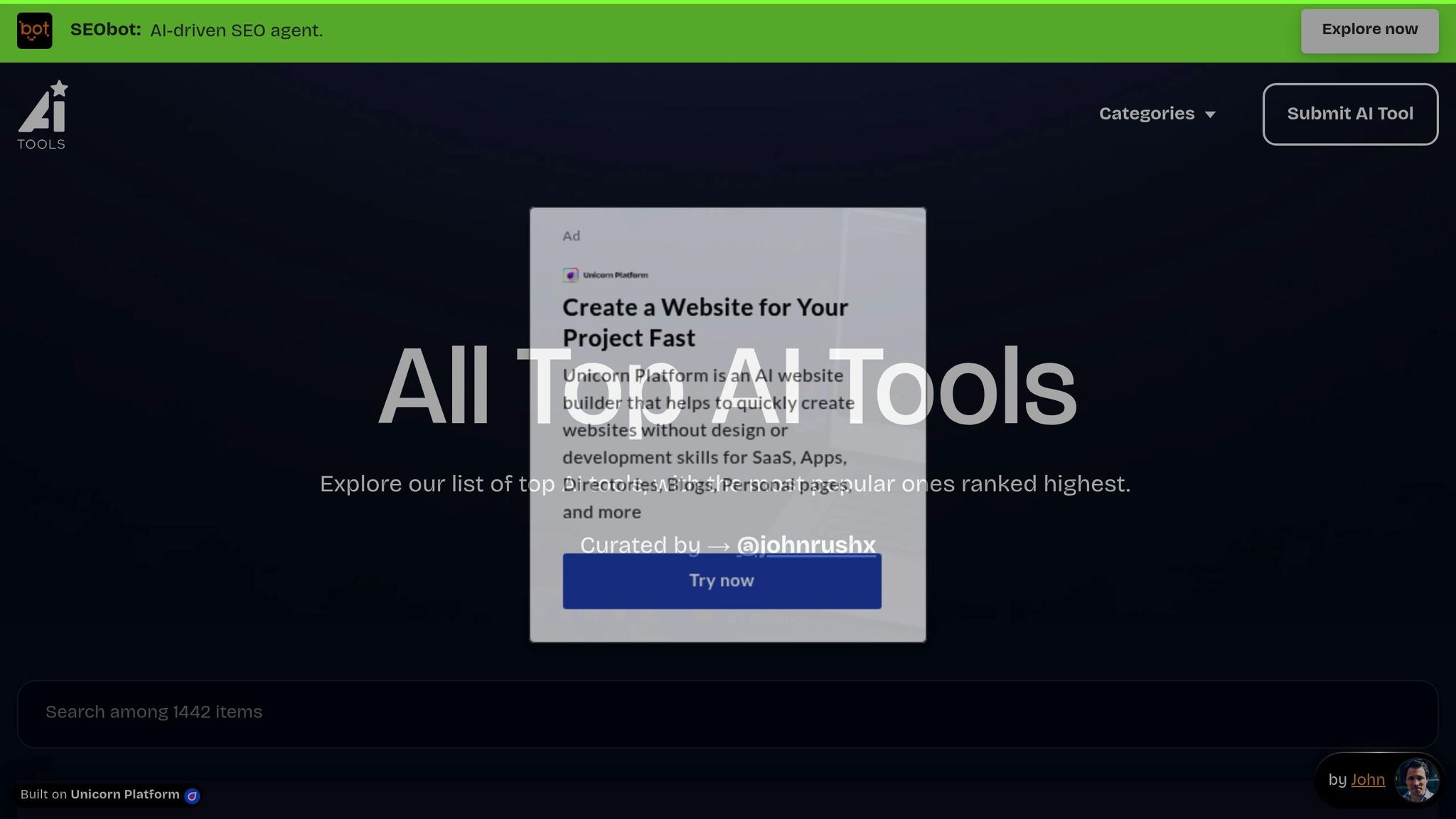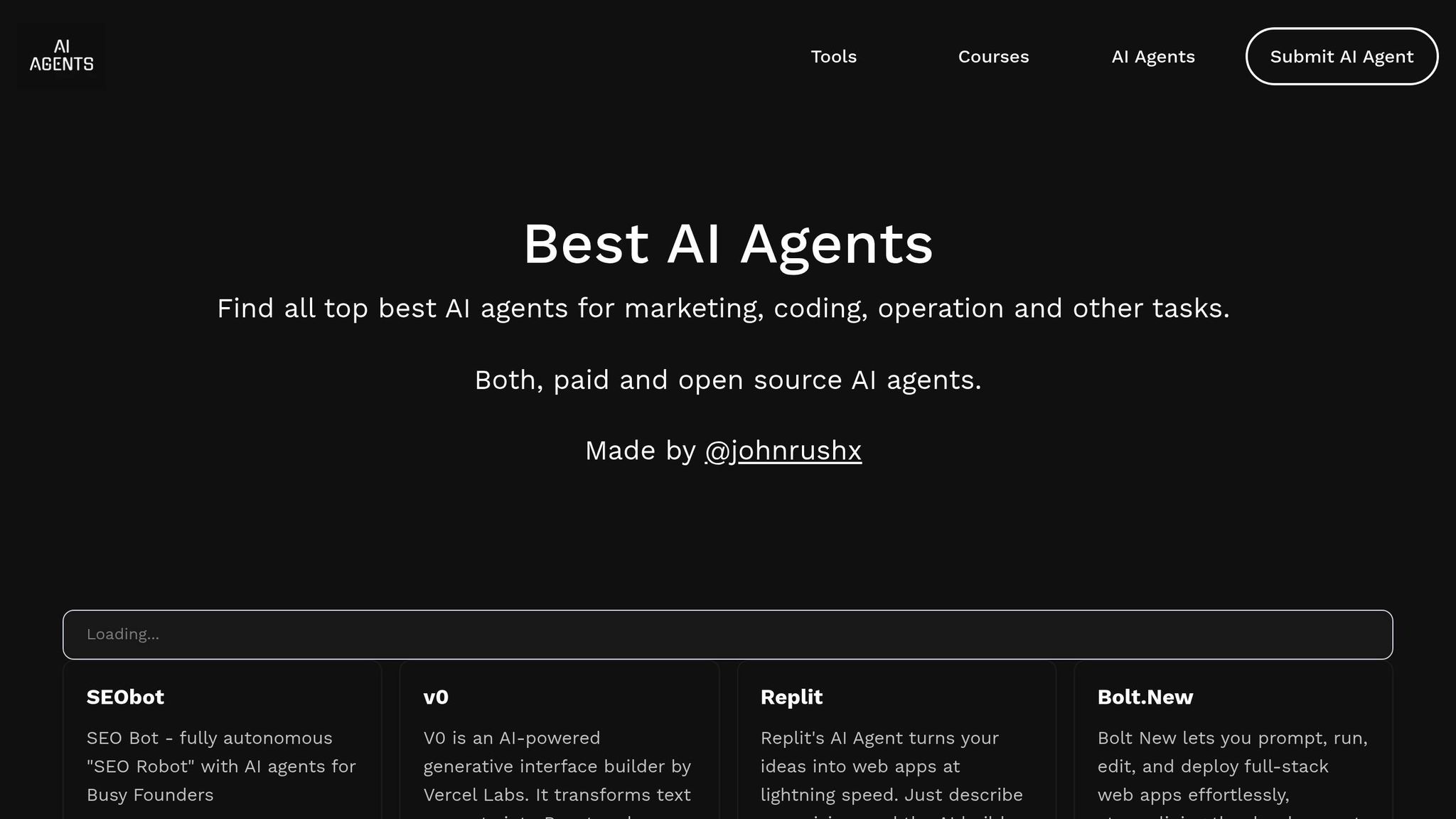AI pricing intelligence helps businesses make smarter, faster pricing decisions by analyzing market data in real time. Here's what you need to know:
- What It Does: Tracks market demand, competitor pricing, customer habits, inventory, and more to adjust prices dynamically.
- Key Benefits:
- Real-time price updates based on market shifts.
- Personalized pricing for different customer segments.
- Improved profit margins and streamlined operations.
- How It Works: Uses AI to analyze data like sales history, competitor trends, and customer behavior to recommend or automate price changes.
- How to Start:
- Build a robust data system to collect and manage pricing data.
- Choose AI tools with features like real-time optimization and analytics dashboards.
- Test and refine AI pricing models before scaling.
AI pricing intelligence isn't just about staying competitive - it simplifies operations and boosts profitability by aligning prices with market conditions and customer expectations.
Main Advantages of AI Price Intelligence
Real-Time Price Adjustments
AI tools make it possible to adjust prices on the fly. These systems constantly track factors like demand shifts, competitor pricing, and stock levels, allowing businesses to update prices immediately. They also fine-tune strategies by incorporating customer-focused pricing techniques.
Customer-Specific Pricing
With AI, businesses can analyze customer data, such as buying habits and past purchases, to create personalized pricing. This approach helps segment customers and offer prices that align with their perceived value and willingness to pay.
Boosting Profits and Streamlining Operations
AI-driven pricing improves profit margins and simplifies operations. By analyzing historical trends, current market data, and demand forecasts, these tools help businesses manage inventory effectively while maximizing earnings.
AI in Dynamic Pricing Models | Exclusive Lesson
AI Pricing Methods
Businesses can leverage AI-driven pricing techniques to optimize their strategies and improve outcomes.
Setting Prices Based on Customer Value
AI systems can determine prices by analyzing what customers are willing to pay. This approach helps businesses create pricing strategies that align closely with how customers perceive the worth of their products or services.
Monitoring Competitor Prices
AI tools can track competitor pricing and identify market trends. By analyzing this data and detecting promotional activities, businesses can react quickly to changes in the market and adjust their prices effectively.
Automating Price Adjustments
AI-powered systems can automatically modify prices in response to market conditions or pre-set rules. To make this work, businesses should set clear boundaries, define when updates should occur, monitor the impact of changes, and communicate updates clearly. Regular reviews are essential to ensure these adjustments align with overall goals and maintain customer confidence.
How to Set Up AI Price Intelligence
Setting Up Data Systems
Start by building a solid system for collecting and managing data. Focus on gathering key pricing information like historical sales, competitor prices, market trends, and customer behavior.
Create a centralized data warehouse capable of handling:
- Real-time transaction data from your point-of-sale systems
- Customer segmentation details, such as purchase history and preferences
- Competitor pricing and market trends for industry insights
- Cost breakdowns, including manufacturing, logistics, and overhead expenses
Make sure your system processes both structured and unstructured data while validating it automatically. Use data cleaning protocols to eliminate duplicates, fix errors, and standardize formats for consistency.
Choosing AI Pricing Tools
Pick tools that align with your business size and industry needs. Look for features like:
- API integration to connect with your current systems
- Real-time price optimization powered by algorithms
- Customizable rules to fit your pricing strategies
- Analytics dashboards to track performance
- Strong security measures to protect your data
Ensure the tool can grow with your business. Opt for solutions that provide ongoing support and training to ease the implementation process.
Testing AI Price Models
Start small by piloting your AI pricing model in one product category or market segment. Keep an eye on these metrics:
- Price elasticity: How well predicted sales match actual sales after price changes
- Revenue impact: Shifts in revenue and profit margins
- Customer reactions: Feedback on price adjustments
- System performance: Speed and accuracy of pricing recommendations
Roll out the system gradually, expanding its use while fine-tuning algorithms based on real-world results. Regularly validate the model to keep it accurate and responsive to market changes.
These steps help create a strong foundation for addressing challenges in AI pricing implementation.
sbb-itb-f88cb20
Common Problems and Solutions
Data Quality Control
Accurate AI pricing relies on solid data. Here's how to keep your data reliable:
- Set up real-time anomaly alerts to catch sudden spikes or unrealistic values.
- Create clear data governance protocols for collection, storage, and updates.
- Conduct regular audits by scheduling monthly checks on data accuracy and completeness.
- Use version control to track changes in pricing algorithms and data sources.
A strong data framework should include these elements:
| Component | Purpose | Key Actions |
|---|---|---|
| Data Validation | Ensure accuracy | Set alerts for thresholds, check for duplicates |
| Source Verification | Maintain reliability | Validate origins, ensure frequent updates |
| Error Detection | Prevent mistakes | Spot outliers, flag inconsistencies |
| Quality Metrics | Track performance | Measure completeness and accuracy rates |
Good data practices naturally lead to better communication with customers.
Customer Communication
Clear communication is essential when explaining pricing decisions. Here’s how to maintain transparency:
- Notify customers in advance about price changes.
- Highlight the value of dynamic pricing, like personalized offers.
- Offer multiple notification options to suit customer preferences.
- Provide feedback channels for customer concerns or questions.
When rolling out price changes, ensure consistent messaging across all platforms, including:
- Website updates
- Email notifications
- Customer service scripts
- Mobile app alerts
Growth and Ethics
Combining growth with ethical pricing requires clear guidelines and regular checks.
Ethical Pricing Practices:
- Set limits on price adjustments.
- Avoid pricing that discriminates against any group.
- Monitor how pricing strategies affect competition.
- Stay compliant with local laws and regulations.
Oversight Measures:
- Review algorithms regularly.
- Assess how pricing changes impact the market.
- Analyze customer feedback for insights.
- Evaluate pricing fairness.
To foster long-term trust, focus on sustainable growth by:
- Setting clear price boundaries and reviewing them quarterly.
- Adjusting strategies based on market impact to maintain fairness.
- Publishing transparent pricing policies to build customer confidence.
What's Next in AI Pricing
AI-Generated Pricing Plans
AI tools are now crafting pricing strategies tailored to individual customers. These systems analyze customer behavior and competitive trends to create pricing models that resonate with specific needs. This approach helps businesses stay competitive while improving customer satisfaction by aligning prices with what customers value most.
Market Analysis Updates
AI doesn't just focus on individual pricing - it also enhances market analysis. By tracking market trends and providing automated insights, AI enables businesses to adjust prices based on real-time conditions. This ensures pricing stays relevant and matches customer expectations, even as the market shifts.
AI Pricing Tool Directory
Explore specialized tools to bring AI-driven pricing strategies to life.
Finding the right AI pricing tools is key to making informed pricing decisions. These tools help businesses fine-tune their pricing strategies with precision.
All Top AI Tools Directory

The AI pricing tool market is expanding quickly in 2024, with new solutions tailored to meet diverse business needs. The All Top AI Tools directory offers a curated list of verified AI pricing tools to help businesses find the right fit. These tools come equipped with features like monitoring, automation, and analytics to support well-rounded pricing strategies. For a more specific selection, check out the Best AI Agents listings below.
Best AI Agents Listings

The Best AI Agents platform narrows its focus to pricing optimization tools, categorizing them by their main features. This makes it easier for businesses to identify solutions that meet their specific goals.
Here are some key features highlighted in the Best AI Agents listings:
| Feature Category | Business Benefits |
|---|---|
| Analytics Integration | Gain real-time insights and process market data |
| Automation Capabilities | Simplify pricing updates and adjustments |
| Customer Behavior Analysis | Develop personalized pricing models |
| Market Intelligence | Stay competitive with trend and competitor insights |
When exploring these directories, consider the following factors:
- Integration Requirements: Make sure the tool is compatible with your current systems.
- Scalability Options: Pick a solution that can grow alongside your business.
- Support Services: Check the availability and quality of technical support.
- Data Security: Ensure the tool has strong security protocols and complies with regulations.
Both directories provide clear comparisons and practical details to help businesses effectively adopt AI-driven pricing tools.
Summary
AI pricing intelligence plays a key role in staying competitive in today’s fast-changing markets. By using AI-powered analytics, businesses can adjust prices quickly and efficiently.
This guide covered key aspects like real-time price adjustments, personalized pricing strategies, and data-driven frameworks. The takeaway is clear: data-backed pricing leads to faster decision-making and improved profitability. Using AI pricing tools can help businesses remain competitive and support long-term growth.


